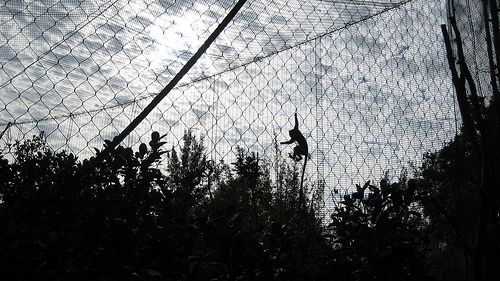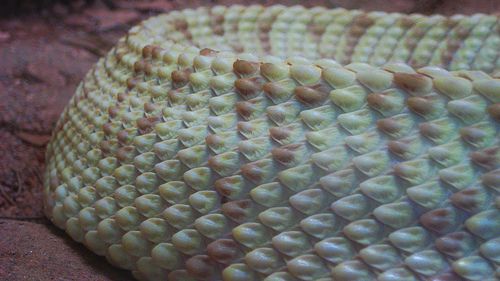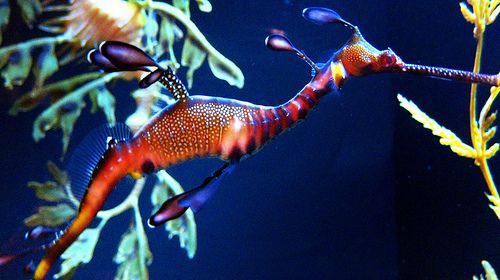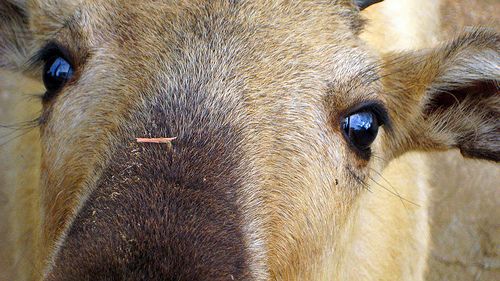I love the zoo. But here’s the thing: you don’t. Or at least, it seems like you don’t, the way you frogmarch yourself through the zoo, trudging crying children and panda-shaped souvenir soft drinks. The way you breeze past the beautiful, fascinating small creatures only to yell at the dumb, sleeping lions. The way you hardly stop, to look, to see.
I think you deserve better. I’d like to take a moment and explain a new way to go to the zoo. A better way. For you.
First, let’s talk about how to go to the zoo.
Go alone. Two people at maximum. Solitude at the zoo is a gift – when you’re alone, or at least with someone simpatico, you can take in the zoo at your own pace.
Under no circumstances bring children. You’ve seen parents at the zoo with children, right? Perhaps you have been one – pushing a tired, overheated, bored child, gritting your teeth and forcing the family to have fun on a Big Day Out. Spare yourself this. Children, for all their wide-eyed wonder at the world, have very little sense of subtlety, of artistry, of the eye-opening encounter with The Other that a zoo should offer.
Go early or stay late. Many animals are more interesting at dawn and dusk, so the earlier or later you can arrange your visit, the better. If you ever find yourself in Singapore, don’t miss the famous Night Safari. You haven’t lived until you’ve felt your way along a jungle path in utter darkness, rounding a corner and spotting a pack of hyenas in a pool of light twenty yards away, with no apparent fence between you.
Go cold. Winter is often best: the crowds are thinner and the animals are more active.
Walk. Be a flaneur. Skip the trolley, the toy train, the double-decker bus, the cable cars and the zipline (Yes, my local zoo now has a zipline, so you can observe the animals at a blistering 45 miles per hour). Just as you get to know a city by walking it, you should experience a zoo on foot.
If possible, wear khaki. Yes, the zookeeper look is unfashionable, but the animals dig it.
Don’t discriminate. Smaller zoos may lack the big funds and large habitats, but they can be fascinating. I’ve visited an intensely creepy municipal zoo in rural Louisiana, right on the edge of the bayou, where the landscaping was overgrown and the animals seemed at home in the near-jungle. I’ve been too close for comfort at a zoo in rural Kansas, where the animals are in shockingly small chain-link cages. I’ve seen a donkey, three zebras, and an ostrich chase each other in increasingly-smaller circles inside a red tent under a full moon. (This maddened, frenzied, inter-species race happened after closing time at a petting zoo at state fair. I never found out why they were running in circles.) When you’re truly interested in experiencing the creatures, any zoo is an opportunity to be amazed.
Stay away from the gift shops. And the cafes. You are not at the movies.
Now we’ve covered how to go to the zoo; let’s talk about how to see at the zoo. Here’s the magic key:
Take what the zoo gives you. This is the key, right here: you must be receptive when you visit the zoo. If the big attractions – the lions, tigers, and bears are up front for viewing – great. But if the hippos are sleeping in a corner out of sight, you’ll have a magical view of the ducks swimming in the hippo pool. Have you ever watched a duck swim – from below? Astounding.
Look for the overlooked. The big animals may draw the crowds, but the small ones are often weirder, wilder, more active, and more worthy of your attention. Sea anemones are some of the strangest creatures you could see at a zoo.
Take your time. Remember, when you approach an animal at the zoo, you’re not a patron demanding a performance. Think of yourself as a student, patiently waiting for the master to reveal something. One of the most thrilling half-hours I’ve spent in the last year was watching a slow-motion battle between two long-necked turtles in a very small tank.
And then take some more time. Better yet, adjust your time to that of the animal’s.
Do not see everything. Just like when visiting a museum, everyone has a saturation point – even for the simple joy of observing wild creatures.
Be thankful. When you’ve hit that saturation point and your attention wanes, go gladly home. Take your joyful experience and be thankful for it. You’ll be refreshed and ready to return another time, to receive a new bevy of gifts from the zoo.











